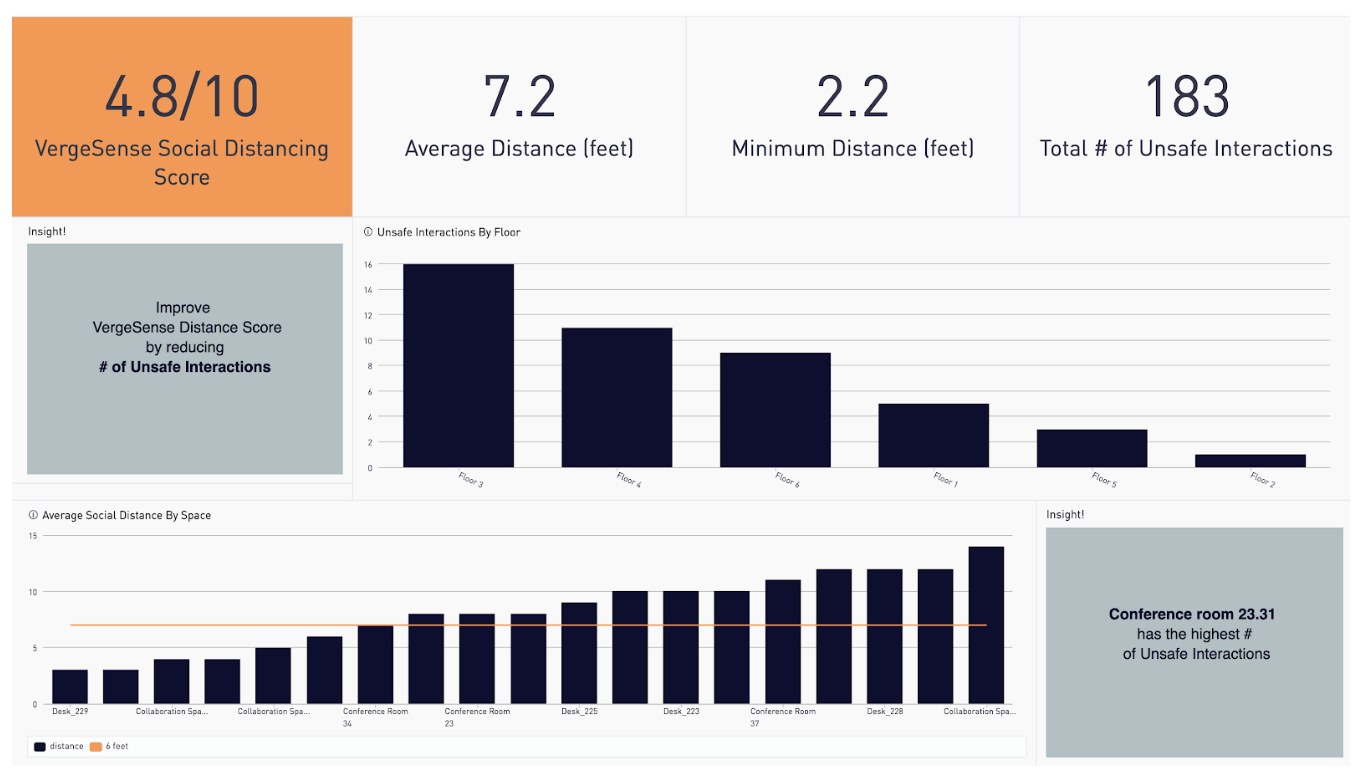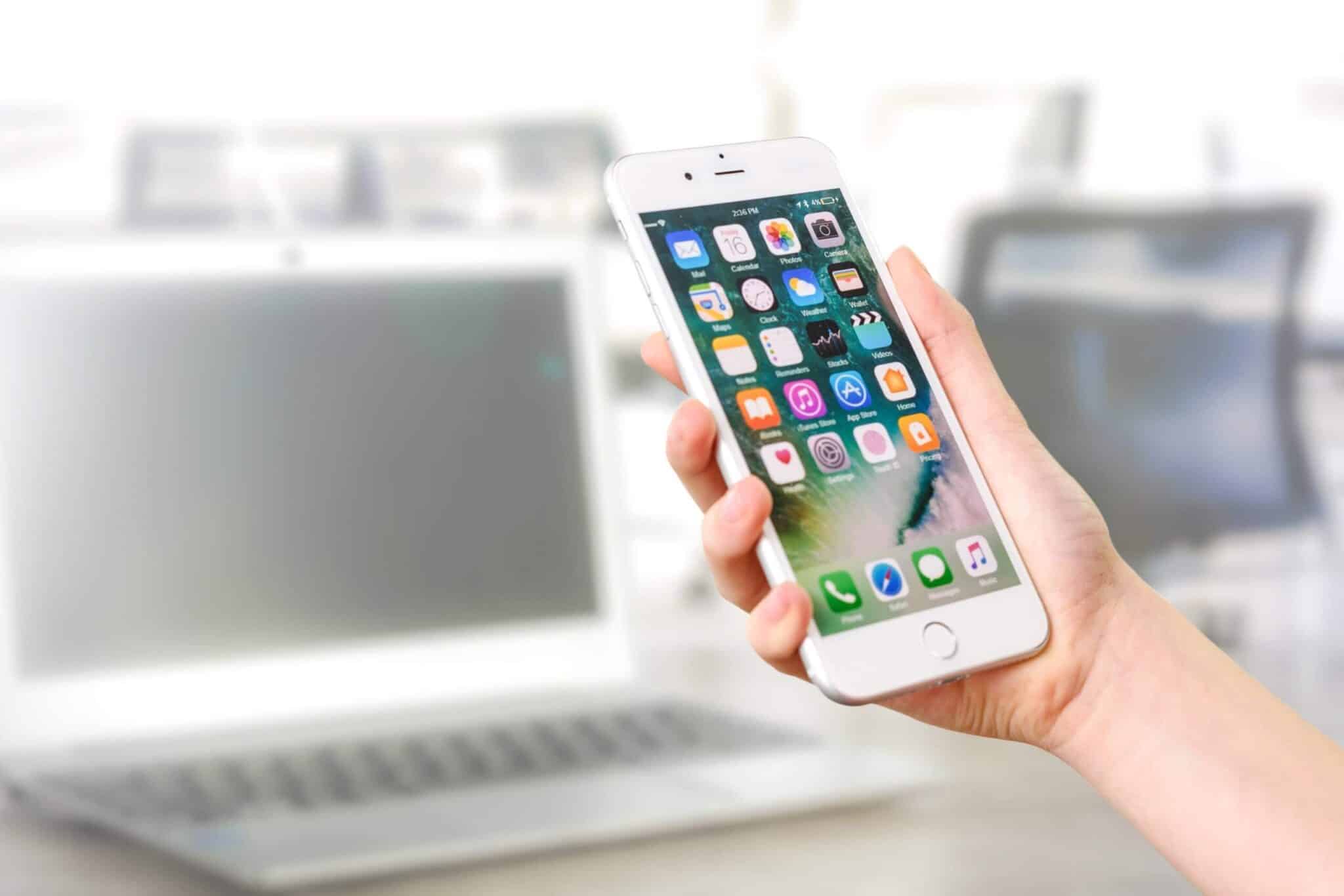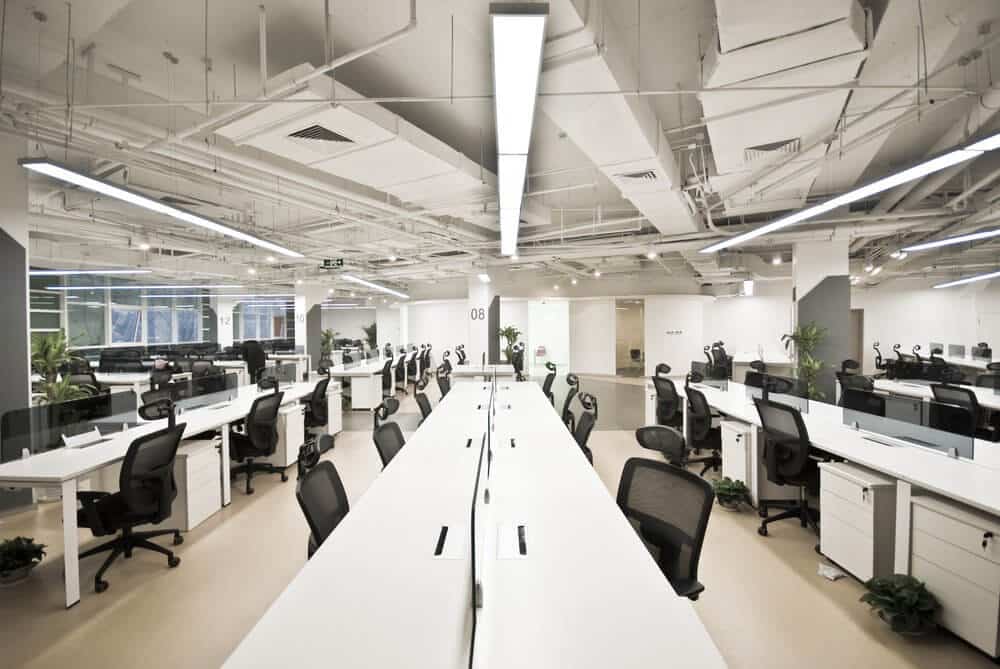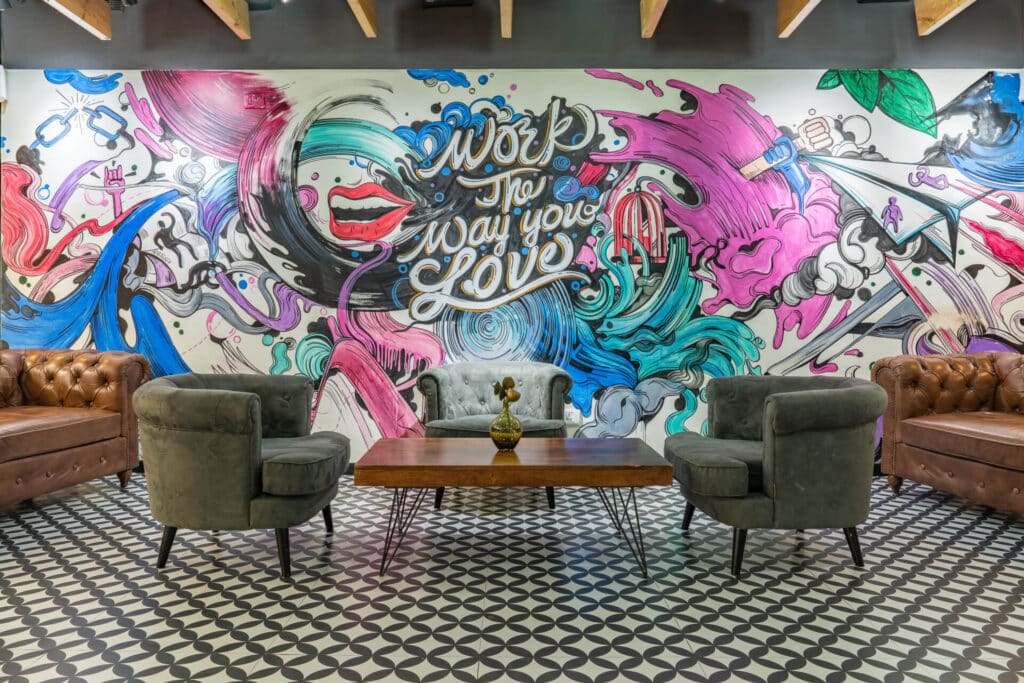COVID-19: Leveraging sensor technology in a post-coronavirus workplace


What’s the safest way to welcome employees back into the office? And how can sensors help?
What are sensors? Sensors can turn any facility into a “smart” workplace that improves efficiency and well-being by giving workplace leaders access to powerful, real-time insights that were practically impossible to track in the past.
We know that a combination of physical distancing, shift work, sanitizing stations, and regular health checks are critical for slowing the spread of COVID-19 once employees start transitioning back into the physical workplace.
But what else can facility managers (FMs) do?
Sensor technology is an innovative way to keep employees safe and healthy while in the office. In this post, we’re exploring how facility managers can leverage sensor technology to create the safest work environment possible for all.
How can sensors help slow the spread of COVID-19 in the office?
Before the coronavirus pandemic, sensor technology was helping facility managers all over the world optimize their workplaces. But now, in this time of immense health crisis, sensors can be used in various ways to make the office safer.
There are many ways sensors can be used in this setting:
- Enable remote desk booking for employees, which can provide a sense of security
- Serve as a physical distance monitoring system
- Collect and analyze occupational data to help the company adhere to health codes
- Monitor the building’s HVAC and BAS to mitigate the spread of the virus
- Generate cleaning reports so facility managers can keep track of this essential task
- Provide no-touch solutions for objects like doors, lights, paper towel dispensers, etc.
Sensors can keep a pulse on what’s happening in the office from various angles to ensure the building is safe for all employees. Having the information sensors provide—like occupational data, building health information, and more—can be helpful when planning the reopening of your office.
Let’s take a closer look at each of these sensor opportunities FMs can consider implementing.
Remote desk booking
Desk sensors, synced with desk booking software, allow employees to see which desks are available to book before entering the office. This gives employees peace of mind knowing they have a secured desk to work from as soon as they get to the building.
Also, remote desk booking synced with sensors can help FMs in several ways:
- FMs can understand how many employees have booked desks and can account for a certain amount of people being in the office
- FMs can instruct the cleaning team on which desks need extra cleaning
If your company is adopting shift work, allowing employees to book a desk for the duration of their shift can be a great way to not only account for which employees are present but also create a safer environment overall.
In-office physical distance monitoring
Sensors are an efficient and easy way to confirm that your employees are following safe physical distancing measures. Whether it’s using wearable technology that notifies employees when they have crossed the physical barrier or room sensors that indicate when a room is at capacity (or over capacity), sensors can verify that physical distance measures are being followed.

VergeSense, a sensor technology company, provides physical distancing insights that allow FMs to track how their entire company is performing so they can make adjustments if needed. From viewing your VergeSense Social Distancing Score to seeing which areas of the office offer the highest risk of unsafe interactions, software like this can give FMs the hard numbers they need to make informed decisions, which we’ll touch more on below.
Occupational data for facility planning
Sensors can help FMs understand the office landscape and who’s present in real time.
This helps with many components of facility planning and managing, such as:
- Making sure the building isn’t over its maximum utilization rate
- Ensure employees are seated far enough away from each other
- Understand how many people are in the building at once so they can better plan work shifts
Sensors provide FMs with factual data that can help them plan, reorganize, and make the office as safe as possible. Occupational data can make it easier to spot trends in your company’s space usage so you can revise your COVID-19 safety plan accordingly. For example, if you notice that your rate for potential unsafe interactions is higher than you’d like, you can adjust your office layout to reduce that rate. Or if certain areas of your office see high volumes of traffic, you can relay that information to the cleaning team so they can pay extra attention to those areas.
Some sensor systems offer an alert feature that notifies FMs on a mobile device when the occupancy rate exceeds the limit. These alerts can tell FMs where exactly the occupancy rate has been surpassed so they can investigate.
HVAC and BAS control
Sensors that integrate with your building automation system (BAS) typically detect things like employee occupancy and carbon dioxide levels. This information can be used to optimize your building—like ensure the air filtration system is functioning correctly—and prevent the spread of the virus. Preventative and predictive maintenance by way of your BAS system can ensure there’s never an issue with your system that jeopardizes employees’ health.
The sensors within the BAS enable a facility to adjust in real time based on the current occupancy, air quality, and other variables. For example, if your BAS is synced with your building’s lighting system, sensors can be programmed to turn on lights when employees enter a building, eliminating the need for them to touch light switches. Some systems will even connect with occupants’ mobile devices. This can allow employees to have more control over their lighting or temperature through their own phones, without have to touch anything but their own devices.

Real-time cleaning reports
Understanding the cleanliness of your office is a critical part of slowing the coronavirus spread. Sensors can help generate cleaning reports that show which areas need to be cleaned and which do not.
This can help the cleaning staff stay safe and save time. It also verifies that your building is clean at the end of each workday and that no areas were missed.
In addition, cleaning reports can be particularly helpful when implementing shift work. Depending on your company’s set up, some areas might need to be cleaned more than others. Or, if your team is small and only uses a specific area of the office, you can determine which areas don’t need to be cleaned as frequently. Cleaning reports can help FMs relay to the cleaning team which areas need attention based on the company’s unique situation.
No-touch solutions
Another way to reduce the spread of the coronavirus in the office is to implement no-touch technology. We know that reducing the need or opportunity to touch surfaces—especially hard surfaces—can be significant when slowing the spread of the virus.
In fact, according to the Centers for Disease Control and Prevention, the novel coronavirus “may remain viable for hours to days on surfaces made from a variety of materials.” What’s more, according to the Cleveland Clinic, the virus can live on glass for about five days, wood for about four days, and plastic and stainless steel for three days. Therefore minimizing the need to touch objects in the office is imperative.
Sensors are a great solution to this issue. They can be installed to act as motion detectors for things like doors, lights, paper towel dispensers, and other high-touch areas. Motion detectors can help keep surfaces cleaner for longer and also minimize the risk of spreading the virus through touch.

Sensors take the guesswork out of reopening the office post-COVID-19
There are several ways to leverage sensors in the workplace to help mitigate the spread of the virus or stop it altogether.
But like with other health and safety measures, how you choose to implement these measures may vary from another company. If you have existing sensors in your building, see how they can be adjusted to fit your post-COVID-19 plan. If you don’t currently have sensors installed, consider adding them throughout your office.
Sensors can optimize your workplace COVID-19 strategy and give you the data and insight you need to keep the virus out of your office.
If you’re struggling to overcome any COVID-19 workplace challenges as coronavirus guidelines continue to change, get in touch to discuss how OfficeSpace can help.
Photo Credits: Adeolu Eletu, Vergesense, OSS, Jan Alexander, Pexels, Pixabay, Burst



